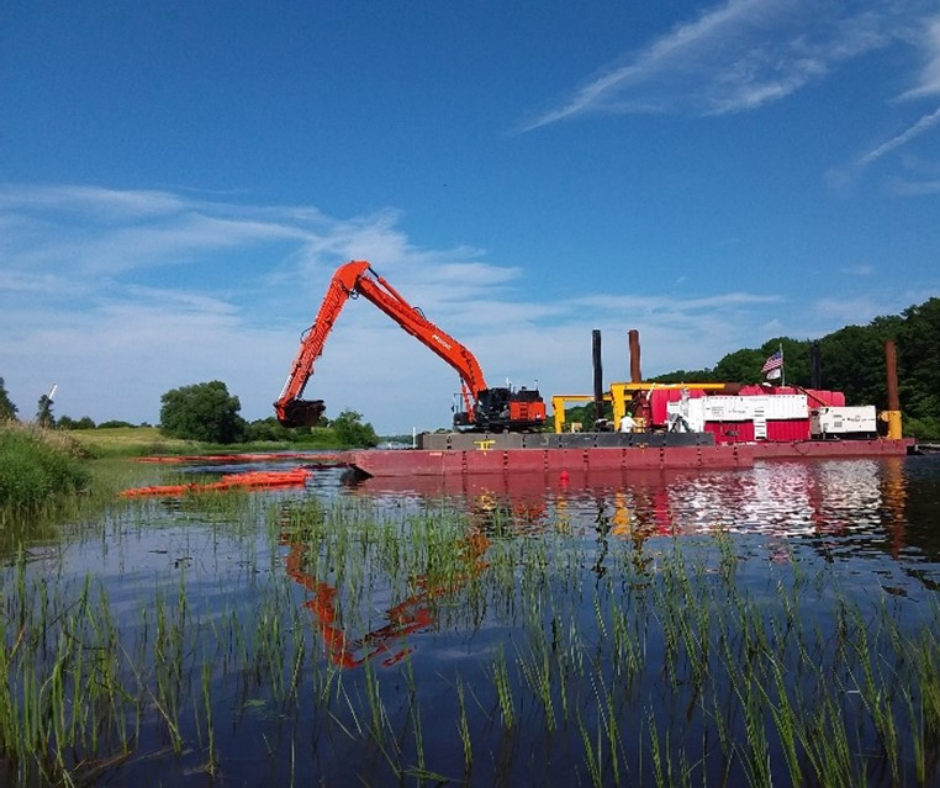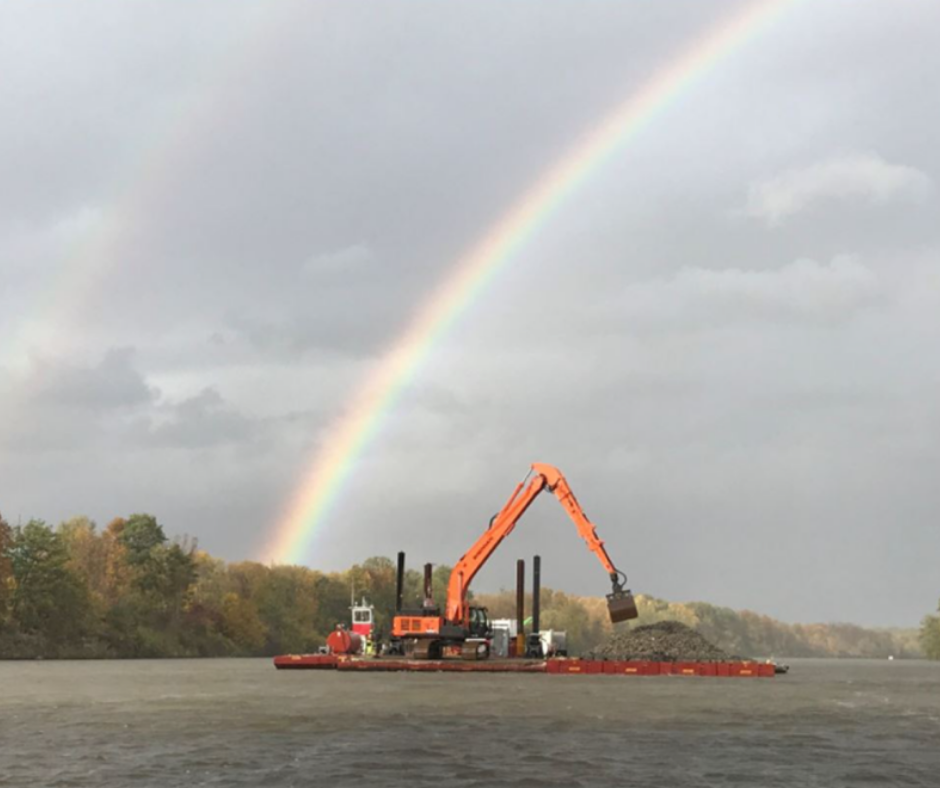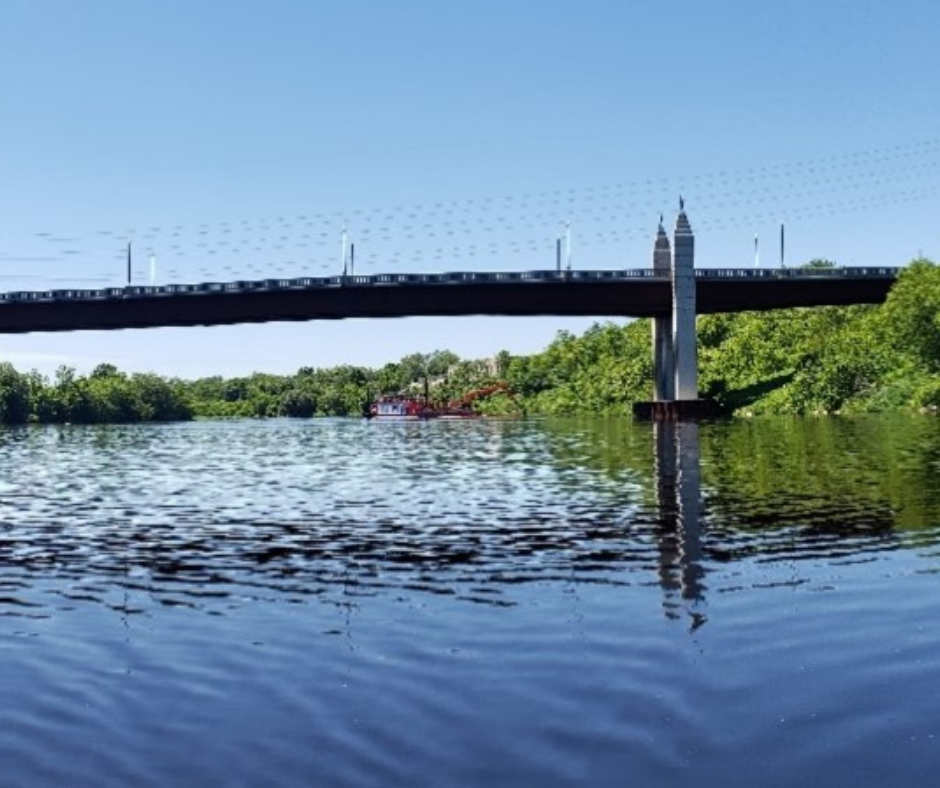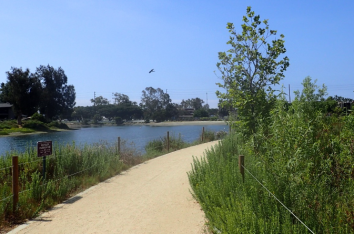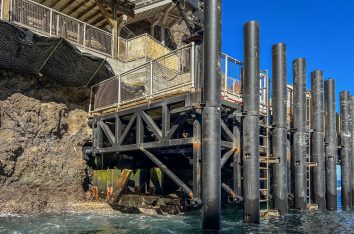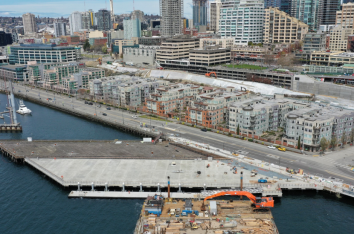Grasse River Sediment Remediation and Habitat Reconstruction
Historical industrial activities along the Grasse River in upstate New York released polychlorinated biphenyls (PCBs) that accumulated in more than 7 miles of the river’s sediments. These compounds can bioaccumulate up the food chain, which led to a fish advisory put in place for the Lower Grasse River due to elevated levels of PCBs in fish.
Anchor QEA’s project team supported the successful completion of a 3-year-long remedial construction phase (2 years during the COVID-19 pandemic), which included dredging, subaqueous capping, and habitat reconstruction in accordance with the USEPA selected remedial action. Anchor QEA led the investigation and design phase as the engineer of record. During remedial construction, the Anchor QEA team provided engineering support and construction quality assurance oversight and managed a vast amount of construction and environmental monitoring data. We provided construction oversight of all remedial activities to verify compliance with the design, assisted with agency communications, and continually tracked project progress. We also created innovative data processing tools that enabled rapid evaluation and reporting of construction monitoring data to allow near-real-time decision making in the field.
The Grasse River sediment remediation project was completed safely, on time, within budget, and with no environmental impacts. Our project team was recognized by our client Arconic Corporation for the integral role the members played in all facets of the project, including investigation, design, data management, habitat reconstruction, construction oversight, and agency coordination.
- Market Sector
- Industrial
- Location
- New York
- Services


